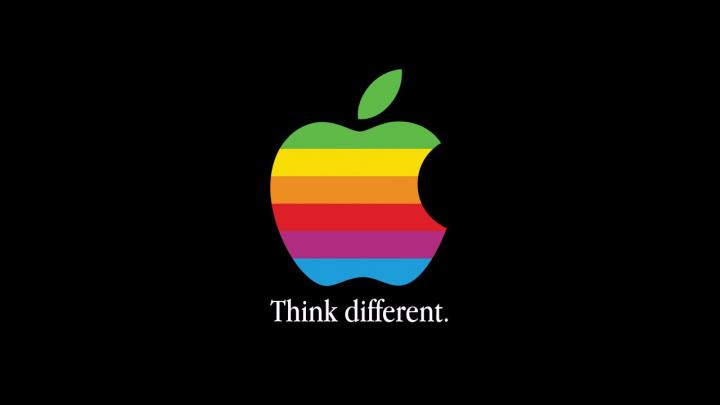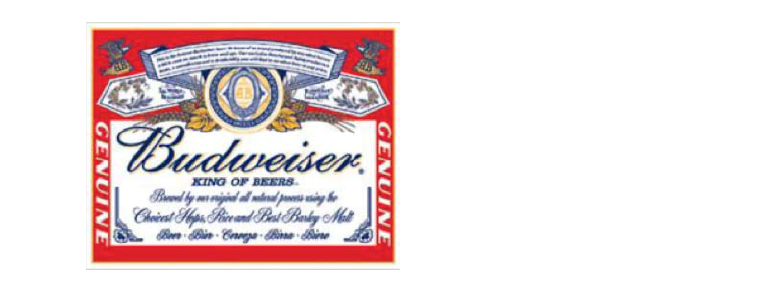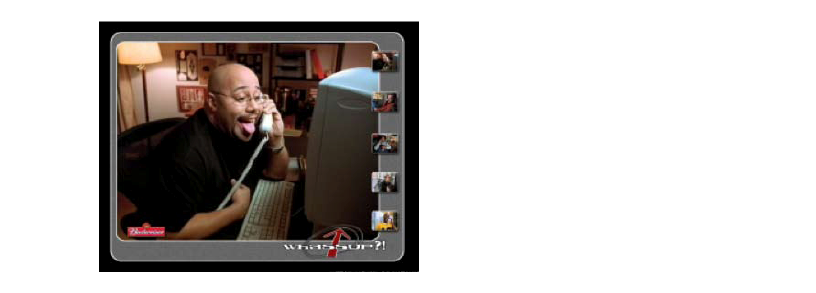

Crafting a powerful tagline is a crucial aspect of verbal branding. Take Nike’s iconic “Just Do It,” for example—a succinct, inspirational phrase that catapulted the brand to legendary status. Taglines, like this, serve as a bridge between a brand name and its identity, enhancing brand recall and differentiation. Studies show that 37 percent of consumers are more likely to purchase products with catchy taglines. For optimal impact, taglines should be consistently reinforced across all touchpoints, contributing to increased brand awareness. Much like brand naming, the process involves research, strategy, and creativity to create a distinctive and memorable tagline that resonates with the audience.
the seo keyword is “Verbal Branding”plz make the below more seo friendly,you should contain the keyword into it appropriately in paragraph: Although the two terms are often used interchangeably, industry insiders usually make a distinction between taglines and slogans: taglines have longer shelf lives. While slogans can change with seasonal advertising campaigns, taglines are found at the heart of a brand’s identity and seldom have expiry dates inside of a couple of years. Slogans, therefore, can be catered to more specific campaign themes, customer segments, or periods of time.

Budweiser Tagline “King of Beers”

Budweiser Campaign Slogan “Wassup?!”
In the realm of verbal branding, taglines encapsulate the core essence of a brand. When a brand decides to change its tagline, it signifies a concerted effort to redefine perceptions of the brand’s position or personality. A notable example is General Electric (GE), which transitioned from the famed tagline “We Bring Good Things to Life” to “Imagination at Work.” This strategic move aimed to reposition GE beyond its traditional image as a “lighting and appliances” company, spotlighting its advancements in medical technology, robotics, media, and financial services. According to GE’s manager of corporate identity, the new tagline serves as a medium for “expressing ourselves in a new way for a new century.”

Taglines can take on different forms or functions. For example, descriptive taglines may state the benefits of a brand’s product or service, evocative taglines appeal to emotion, and motivating taglines call the audience to take action.
Effective verbal branding, especially through taglines, is anchored in differentiation. Within a crowded market, memorable taglines play a crucial role in making a brand stand out. A prime illustration of this is Apple’s transformative move in 1997. Faced with declining sales and a damaged image, Apple embarked on an innovative advertising campaign featuring the tagline “Think Different.” This strategic choice diverged from the conventional approach of its main competitor, IBM, whose tagline was “Think.” Rather than competing directly on reliability, Apple positioned itself as a dynamic brand offering inventive alternatives to the established norms.

Meters/bonwe, China’s leading casual clothesline brand, uses the line “不走寻常路,” which roughly translates to “Not walking the conventional road.” Mercedes Benz uses “Engineered like no other car in the world.” Both taglines work wonders for these companies because they suggest a benefit to consumers who buy their products. Successful taglines not only draw attention, but explain how a product, service, or organization will fulfill the desires and satisfy the needs of customers.
What’s the point of having a fantastic tagline if no one can remember it? Memorability is probably the most important element in determining the efficacy of a tagline. While the accumulative effect of repetition over the years has a big impact on memorability, emerging taglines can increase their “stickiness” through brevity, catchphrase potential, and stylistic devices such as alliteration, consonance, rhyme, repetition. When it comes to questions of length, shorter—five words or less—is often better. Catchphrase potential can be enhanced through humor, such as Grey Poupon’s “Pardon me, do you have any Grey Poupon?” or by co-opting existing, relevant phrases, such as Budweiser’s “Wassup?!” or Verizon Mobile’s “Can you hear me now?…Good!”
Stylistic devices can also be useful for creating catchy taglines. Nongfu Spring, China’s leading manufacturer of bottled water and beverages, employs the line “农夫山泉有点甜,” or “Nongfu’s spring water is a little sweet.” The characters for “spring” (泉, quan), “a little” (点, dian) and “sweet” (甜, tian) sound similar. Not only is the phrase easy to say and remember, its rhyming scheme also connects the three words to reinforce its key point: Nongfu’s water has a hint of sweetness thanks to its unique spring source.
To market its baked beans products, food manufacturer Heinz capitalized on its German founder’s foreign-sounding name for the tagline “Beanz Meanz Heinz.” This creative use of rhyming—not to mention the rare consonance of “z” sounds—proved highly successful and was voted the most popular line in the Advertising Hall of Fame4. Coined words, puns, jingles and even made-up words (like Louis Vuitton’s “Epileather”) are also ways to make a tagline stick.
Simply being easy to remember isn’t enough. Taglines should also build positive brand perceptions through imparting good feelings. Evocative vocabulary is one powerful way to create meaning.
Since slogans are made for shorter running advertising campaigns, it is important that they stay relevant to their target market. Taglines, on the other hand, should not strive to be trendy at the risk of sounding dated after a few years. Since a good tagline stands the test of time, it should work across a variety of mediums, functioning like a thread that unifies the stories together. Consistency is crucial: numerous taglines and continual changes confuse consumers and dilute brand equity. H&R Block, a leading tax-preparation company, flipped between the slogans “America’s tax team,” “Just plain smart,” and its current “Get it Right” in just a few years. The fragmentation risks leaving consumers unable to discern a single brand identity for the company.
Lastly, in order to fasten the link between a tagline and brand identity, many taglines incorporate the brand name. Citibank’s “Because the Citi never sleeps” and Finish Detergent’s “Brilliant cleaning starts with Finish” are examples. However, some brands may purposefully choose to leave out their names so that their taglines or slogans don’t impair future brand extensions.
Whether they’re called endlines, straplines, signatures or payoffs, taglines and slogans are an integral tool to building brand equity. The best lines go above and beyond their original purpose of pushing a product. They become a part of our everyday lingo, and lodge themselves into society’s collective consciousness. In today’s Twitter-obsessed culture, these bite-sized chunks of verbal branding are the perfect medium to express a brand’s identity.
[1] “Guinness tops advertising slogans most used in everyday life”, Telegraph.co.uk, December 19 2008.
[2] “G.E. to Spend $100 Million Promoting Itself As Innovative”, Nytimes.com, January 16, 2003
[3] “GE: Imagination at Work”, Mediapost.com, May 1, 2003
[4] “The Advertising Hall of Fame”, Adslogans.com, April 10, 2000.
Sources
“G.E. to Spend $100 Million Promoting Itself As Innovative”, Nytimes.com, January 16, 2003 “GE: Imagination at Work”, Mediapost.com, May 1, 2003
“Guinness tops advertising slogans most used in everyday life”, Telegraph.co.uk, December 19, 2008
“How ad slogans work”, by Timothy Foster. http://www.howstuffworks.com/ad-slogan.htm
“Slogan and Jingle List”, http://www.taglineguru.com/sloganlist.html
“Taglines are it”, by Elizabeth Goodgold. Business 2 Business Marketer, July/August 1998
“The Advertising Hall of Fame”, Adslogans.com, April 10, 2000
A Labbrand Group Company © 2005-2025 Labbrand All rights reserved
沪ICP备17001253号-3To improve your experience, we use cookies to provide social media features, offer you content that targets your particular interests, and analyse the performance of our advertising campaigns. By clicking on “Accept” you consent to all cookies. You also have the option to click “Reject” to limit the use of certain types of cookies. Please be aware that rejecting cookies may affect your website browsing experience and limit the use of some personalised features.